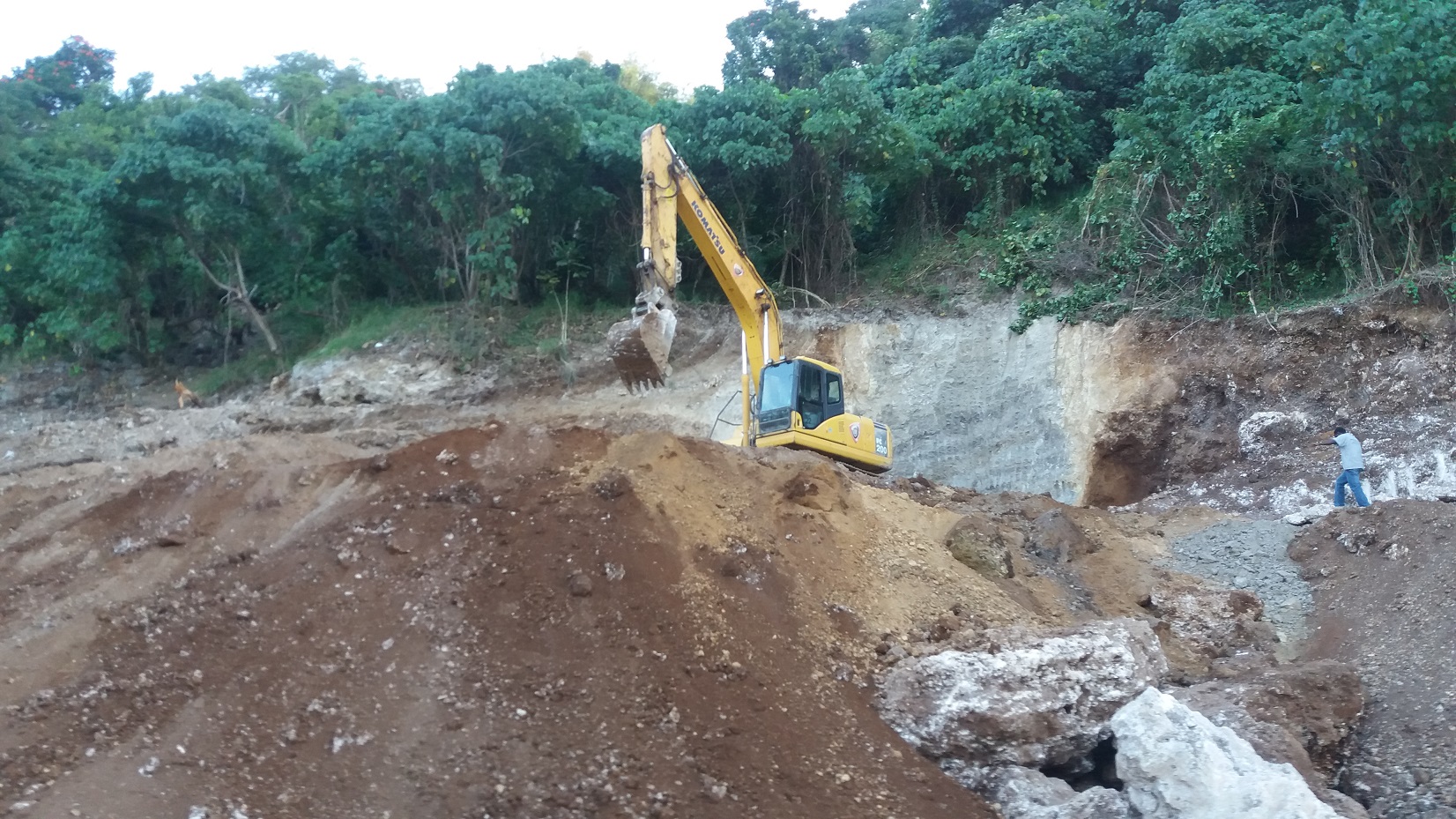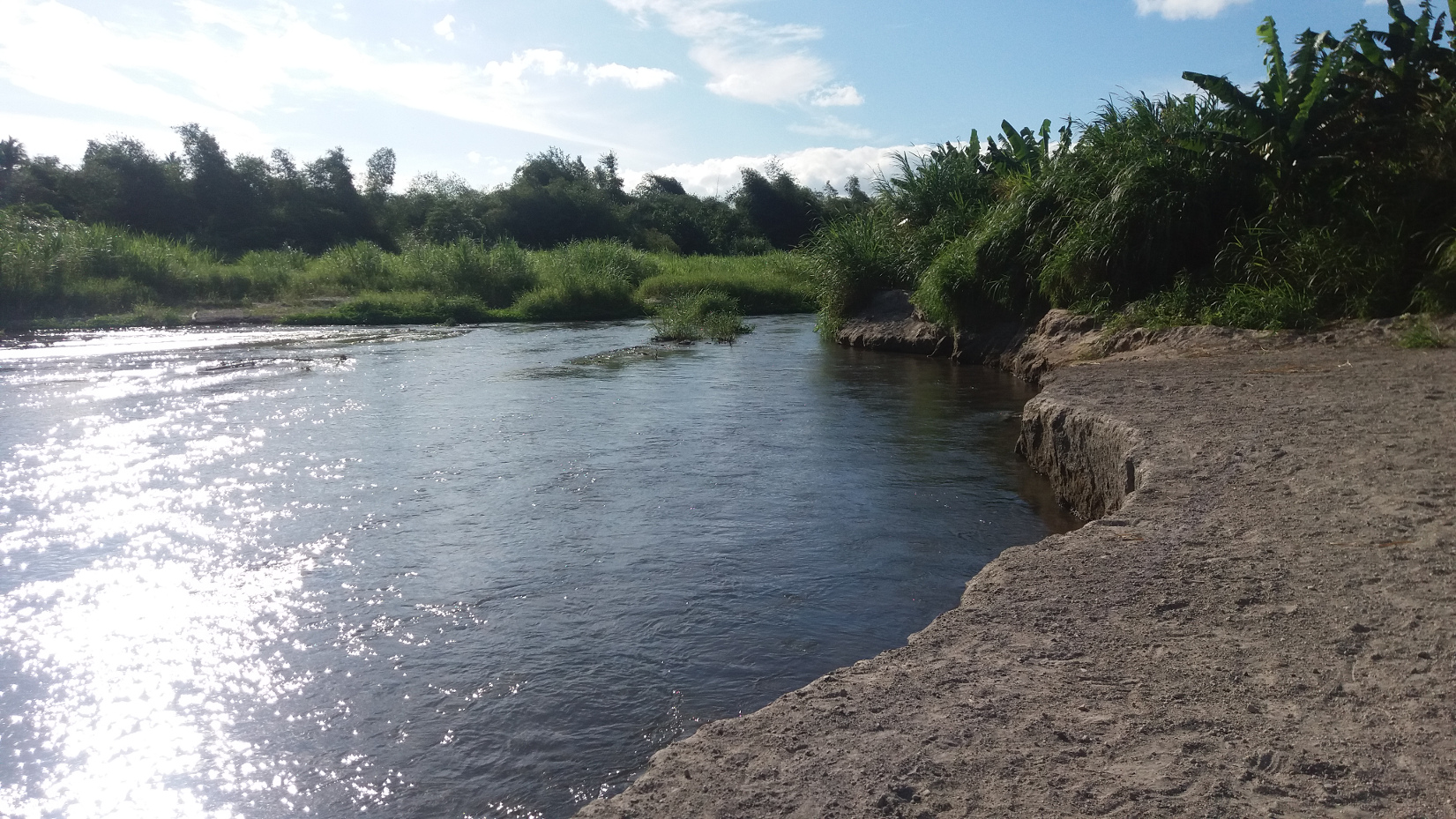
What is EIA?
Environmental Impact Assessment, EIA, is the process for identifying and managing the impacts of a project on the natural, social and custom environment.
EIA is a proactive planning and decision-making tool that has an important role to play in identifying impacts, assessing risks, and evaluating the costs and benefits of development projects before they are implemented.

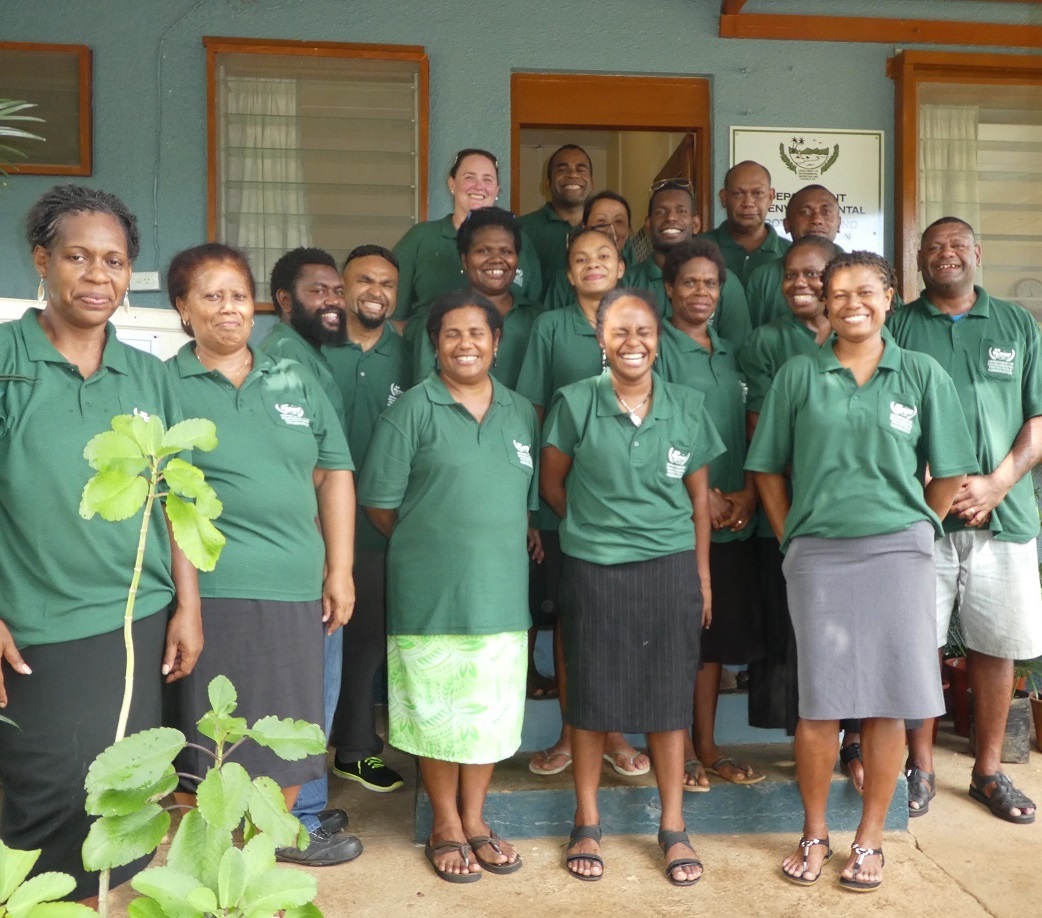
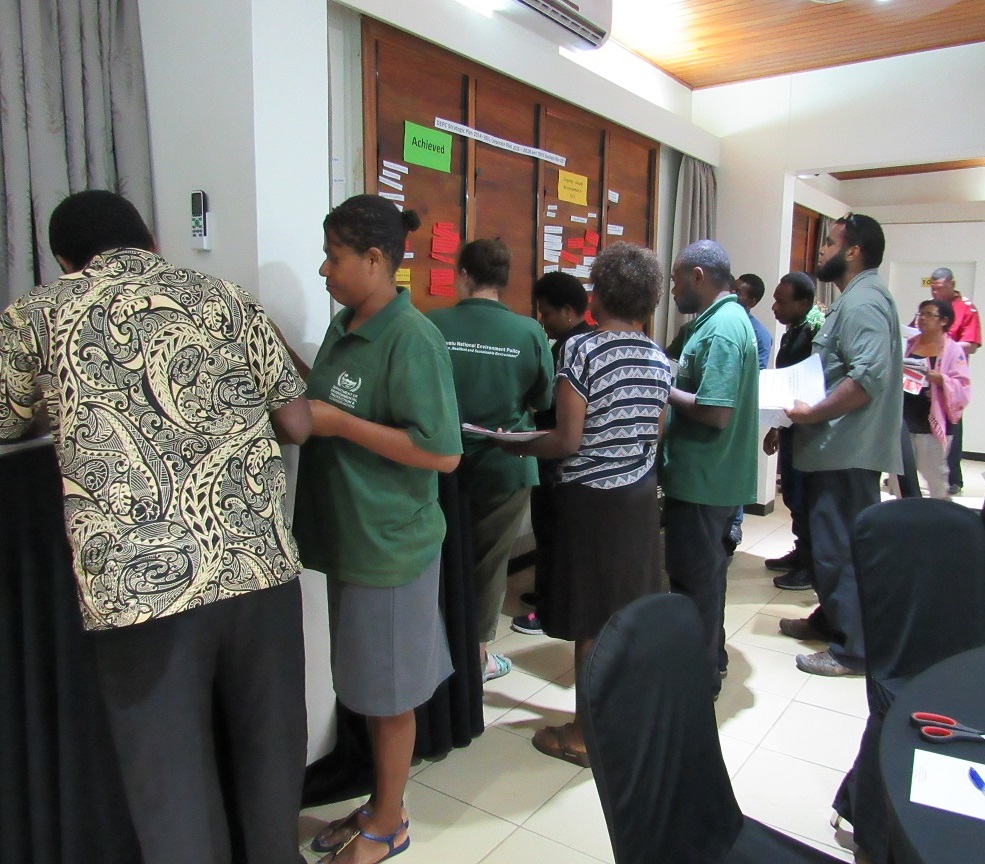
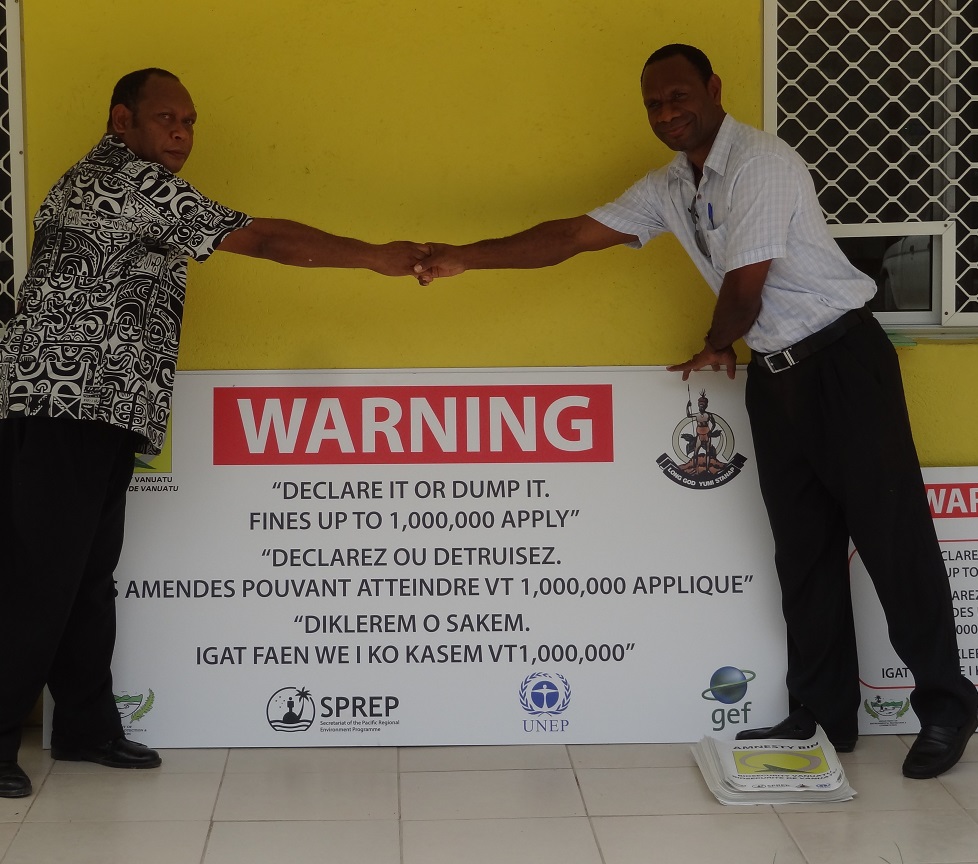
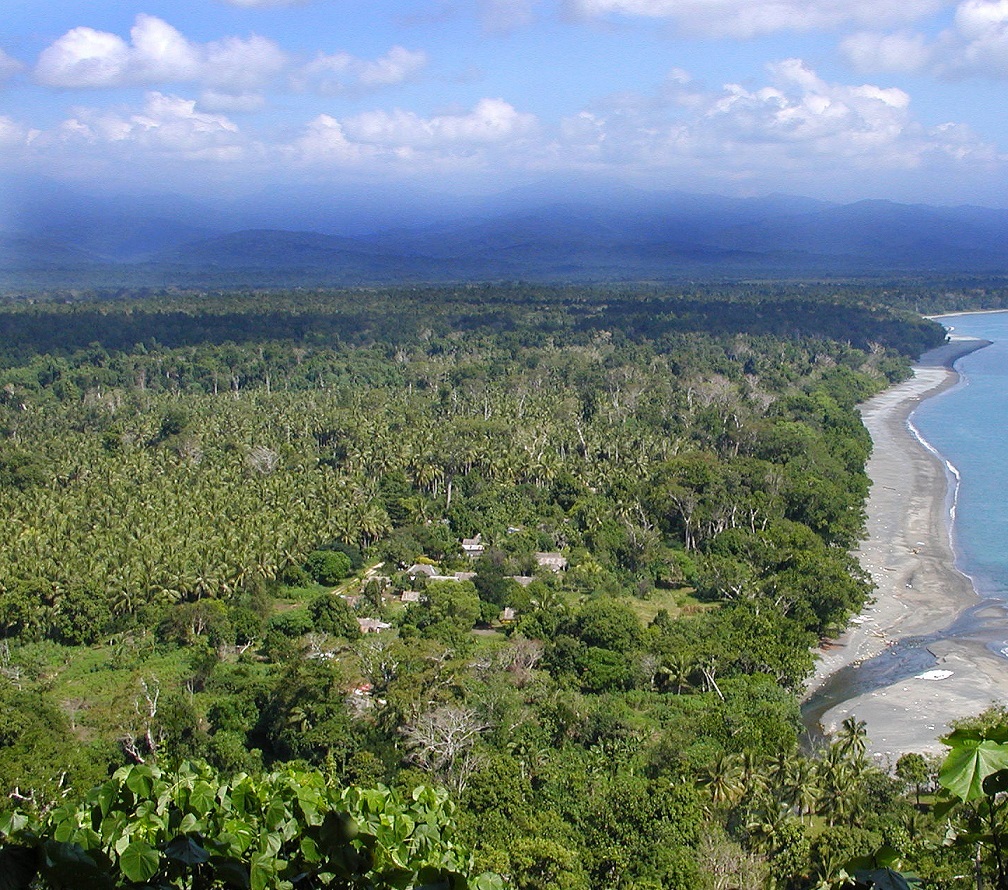
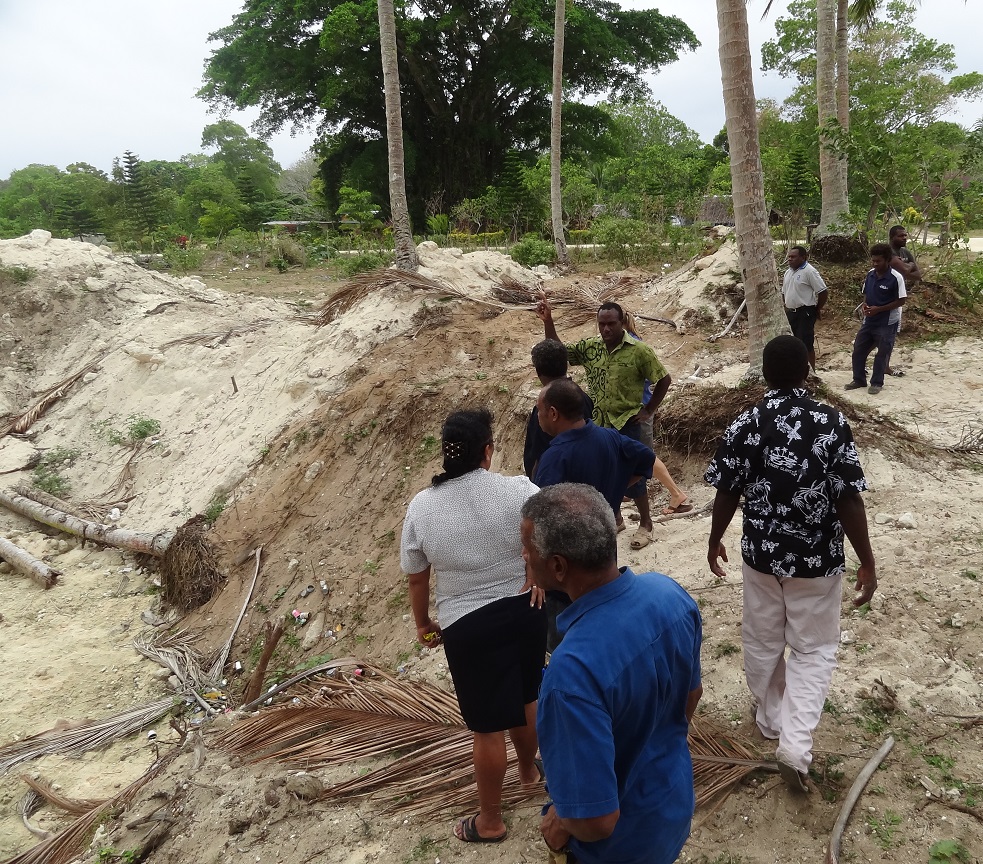
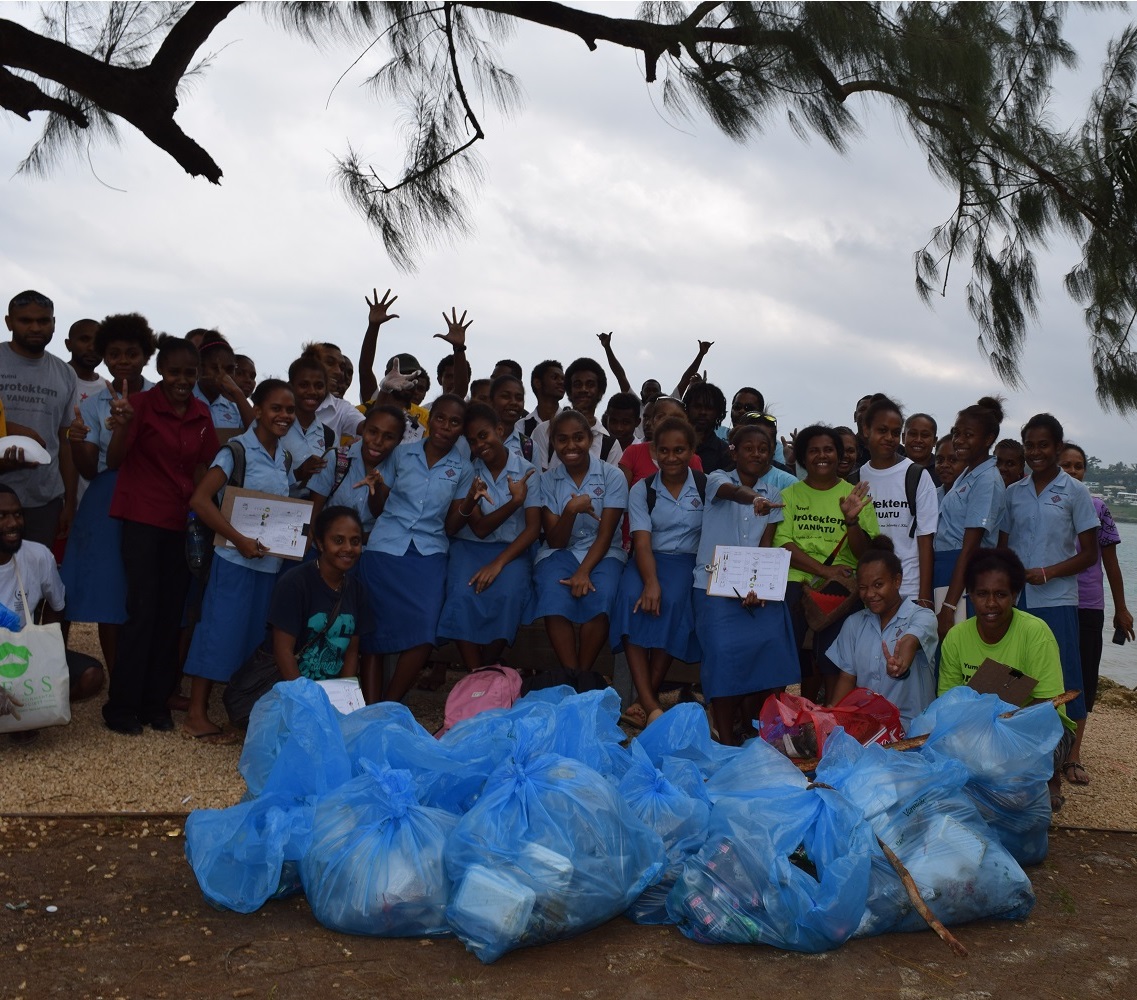

 The variety of plants and animals found in Vanuatu is called its biodiversity.
The variety of plants and animals found in Vanuatu is called its biodiversity. Conservation, in relation to the environment, is the act of protecting and preserving biodiversity.
Conservation, in relation to the environment, is the act of protecting and preserving biodiversity. Bioprospecting is any activity undertaken to harvest or exploit genetic resources.
Bioprospecting is any activity undertaken to harvest or exploit genetic resources.